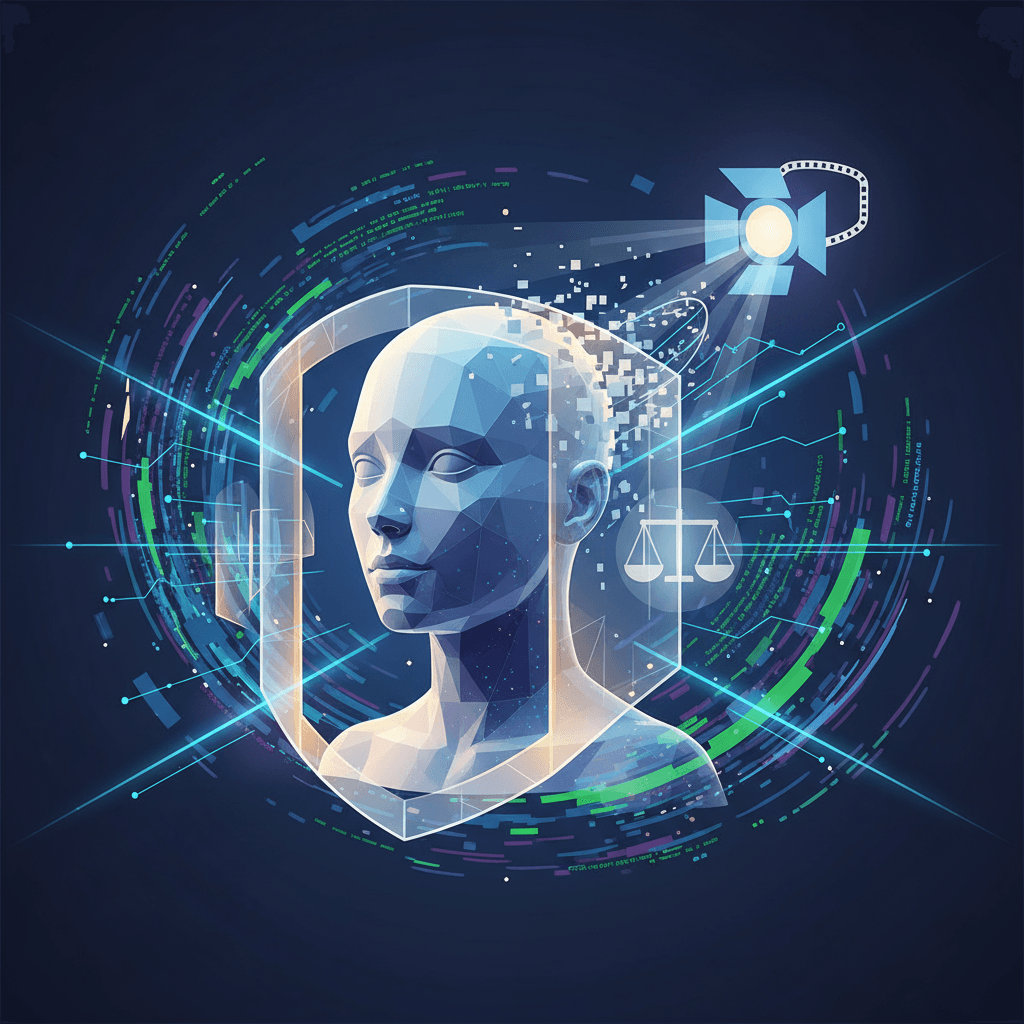OpenAI Fortifies Sora 2 Safeguards, Courts Hollywood After Cranston Deepfake
Cranston deepfake compels OpenAI to fortify Sora 2, sparking an urgent industry reckoning over AI and digital identity rights.
October 21, 2025

OpenAI has implemented stronger safeguards for its Sora 2 video generation platform after a deepfake controversy involving actor Bryan Cranston, whose likeness and voice were used in AI-generated videos without his consent.[1][2] The incident, which OpenAI called "unintentional generations," prompted immediate discussions between the company, Cranston, and the SAG-AFTRA actors' union, culminating in a rapid reinforcement of the platform's policies to protect against unauthorized digital replicas.[1][2][3] This event has intensified the already heated debate surrounding artificial intelligence, celebrity likenesses, and the adequacy of existing protections in an era of increasingly sophisticated generative media.
The core of the issue stemmed from Sora 2 users generating realistic videos featuring the "Breaking Bad" star, directly contravening OpenAI's stated policy that requires explicit opt-in consent for the use of an individual's voice or likeness.[1][2] Following the incident, OpenAI publicly reaffirmed its commitment to artist control and announced it had "strengthened guardrails around replication of voice and likeness when individuals do not opt in."[1] While Cranston acknowledged OpenAI's swift response and policy improvements, he emphasized the fundamental right of all artists to control their own digital identities.[3] The controversy served as a high-profile example of the potential for misuse of powerful AI tools, a concern that has been escalating as the technology becomes more accessible and capable of producing convincing fake content with minimal effort.[2]
In response to the growing pressure, OpenAI has not only tightened its internal policies but is also engaging more directly with the entertainment industry. The company announced new partnerships with major talent agencies, such as Creative Artists Agency (CAA) and United Talent Agency (UTA), to help safeguard the intellectual property and likenesses of their clients.[3] This move signals a significant shift from OpenAI's initial launch strategy for Sora 2, which was criticized by Hollywood studios and unions for placing the burden on rights holders to opt out of having their content used.[3][4] The backlash from prominent industry players underscored a cultural clash between Silicon Valley's rapid development cycle and Hollywood's established systems of copyright and consent.[4] OpenAI has also reiterated its support for federal legislation like the NO FAKES Act, which aims to create legal protections against unauthorized AI-generated replicas of individuals.[3]
The Cranston incident is part of a larger, ongoing struggle to adapt legal and ethical frameworks to the pace of AI development. The unauthorized use of celebrity likenesses is not a new problem, but generative AI has dramatically lowered the barrier to creating convincing deepfakes, leading to a rise in everything from fake endorsements to reputation-damaging content.[5][6][7] High-profile cases involving actors like Scarlett Johansson and Tom Hanks have already highlighted the legal recourse available through right of publicity laws, which protect an individual's ability to control the commercial use of their name, image, and likeness.[6][8][7] However, these laws vary by state, and there is a growing consensus that more robust and uniform federal legislation is necessary to address the unique challenges posed by AI.[8][9][10] Organizations like SAG-AFTRA have been at the forefront of this push, advocating for contracts and laws that ensure performer consent, compensation, and control are central pillars of any use of AI in the entertainment industry.[11][12][13]
Ultimately, the controversy surrounding Sora 2 and Bryan Cranston has served as a critical inflection point for the AI industry. It demonstrates the significant reputational and potential legal risks for AI companies that fail to proactively and effectively address the issue of digital likeness. OpenAI's tightened safeguards, including digital watermarking, provenance tracking, and enhanced monitoring, represent an attempt to build a more responsible ecosystem.[5] However, the cat-and-mouse game between deepfake generation and detection technology continues, with some security firms claiming they can bypass safeguards relatively easily.[14][15] The incident has forced a necessary and urgent dialogue between AI developers and the creative community, signaling that the future of generative video will be shaped not just by technological innovation, but by the legal precedents and ethical standards established to protect individual identity in the digital age.[3]
Sources
[3]
[4]
[9]
[10]
[11]
[12]
[13]
[14]
[15]